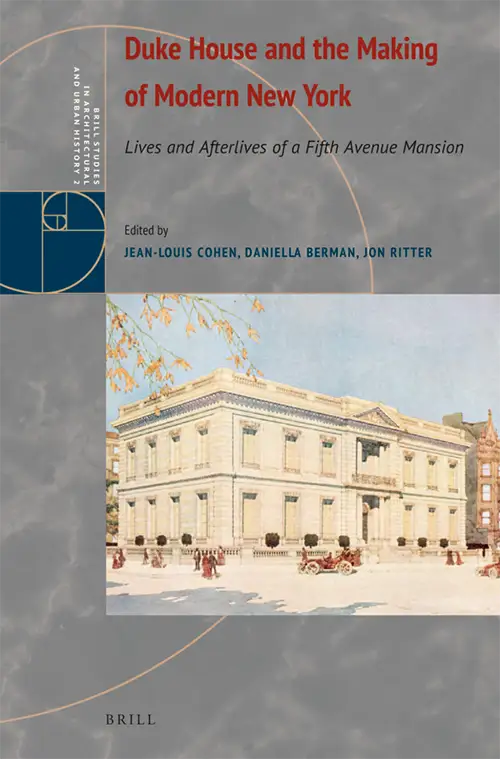Resources and Facilities
The Institute of Fine Arts is housed in two significant buildings on Manhattan's Upper East Side.
The James B. Duke House
1 East 78th Street
This grand limestone mansion, completed in 1912, was designed by Horace Trumbauer in the French Classical style, drawing inspiration from Château Labottière in Bordeaux. The Duke mansion was one of the early works of African American architect Julian Abele. It served as the private residence for tobacco magnate James Buchanan Duke and his family. In 1958, Duke's widow and daughter, Nanaline and Doris Duke, donated the building to NYU, and it has since 1959 been the primary academic and administrative hub for the Institute of Fine Arts, housing its main classrooms, offices, and a portion of its extensive library.
The Stephen Chan House
14 East 78th Street
Located across the street from the Duke House, the Stephen Chan House accommodates the IFA's renowned Conservation Center. The conservation program, initially situated in the Duke House's former kitchen and wine cellar, moved into the Stephen Chan House in 1983. This building provides dedicated laboratories, classrooms, and a specialized library for students and faculty in the conservation program, offering a world-class environment for the study and practice of art conservation.

Duke House and the Making of Modern New York: Lives and Afterlives of a Fifth Avenue Mansion
Jean-Louis Cohen, Daniella Berman, and Jonathan RitterFeaturing new archival research and previously unpublished photographs and architectural plans, this volume fundamentally revises our understanding of the development of modern New York, focusing on elite domestic architecture within the contexts of social history, urban planning, architecture, interior design, and adaptive re-use. Contributions from emerging and established scholars, art historians, and practitioners ofer a multi-faceted analysis of major gures such as Horace Trumbauer, Julian Francis Abele, Robert Venturi, and Richard Kelly. Taking the James B. Duke House, now home to the Institute of Fine Arts at NYU, as its point of departure, this collection provides fresh perspectives on domestic spaces, urban forms, and social reforms that shaped early-twentieth century New York into the modern city we know today.
Published by Brill
